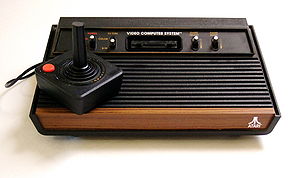
In this paper, we describe and respond to six common misconceptions about platform studies, an approach to the study of computational creativity.
“Platform studies” is a new focus for the study of digital media, a set of approaches which investigate the underlying computer systems that support creative work. In 2009, the first platform-focused book about creative digital media was published: our Racing the Beam: The Atari Video Computer System. This was the first in the new MIT Press Platform Studies series, for which we serve as series editors.
Although platform studies has only recently been introduced as a concept (at the 2007 Digital Arts and Cultures Conference) it has already become popular enough to be misconstrued in a variety of ways in the new media studies community. Detailed citations of these misconceptions are more likely to be offensive than helpful. In the interest of advancing platform studies and allowing us to learn from work that is done along these lines, this paper reviews six recurring misunderstandings about this new concept. We contrast the great potential of focusing on the platform level with these misconceptions.
In so doing, we hope to invite more scholars to do platform studies work and to make this approach even more appealing to even more sorts of readers and authors. We also hope it will advance the discussion of the platform studies concept and will invite substantial, productive, and well-directed criticism of platform studies approaches, aiding in the development of work in this area.

